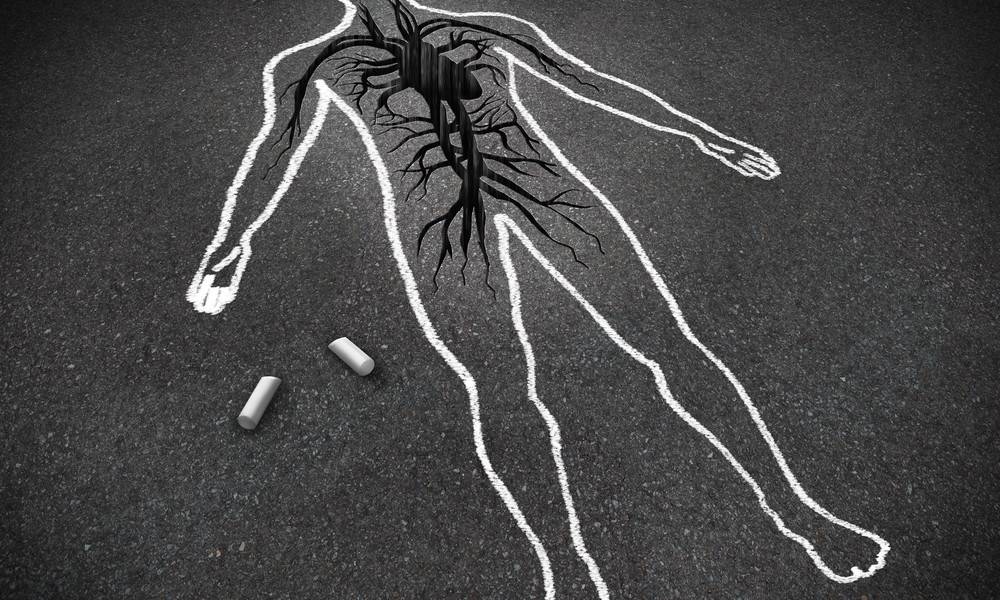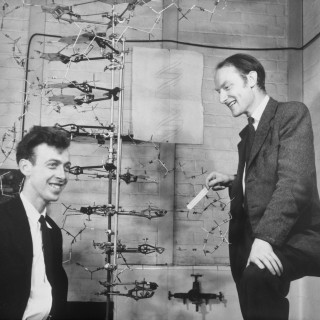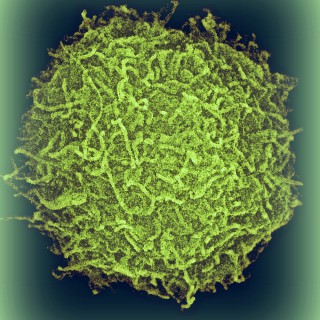The first to study microRNAs in heart attacks
What happens in the heart when one of the larger coronary arteries gets blocked in a heart attack? This is what Olof Gidlöf and his colleagues at Lund University and Skåne University Hospital are trying to understand. Now they have proven that microRNAs, which have already garnered much attention within cancer research, might also play an important role in heart attacks.
MicroRNAs are short molecules which are distributed throughout our cells. In recent years, much attention has been directed to these substances within areas including cancer research, as they have the ability to block the production of proteins in the body.
Within cardiac research as well, many people have been interested in seeing what role short molecules might play; now, for the first time, researchers in Lund have been able to show what happens to them in the case of a heart attack.
MicroRNAs in blood platelets
“We have investigated what sort of microRNAs are present in patients with severe heart attacks and compared this with healthy individuals”, says Olof Gidlöf, who is the principal author of the study, published in the journal Blood.
So far, around 2000 different kinds of microRNAs have been found in the cells around the human body.
“Some microRNAs are specific to the heart muscle, while others are only found in the coronary arteries, etc.”, explains Olof Gidlöf. “We were interested in finding out what happens in the blood clot that forms in the heart in the case of a heart attack, so we studied microRNAs in blood platelets.”
The researchers investigated both blood and blood clots from patients with a form of serious heart attack caused by a constriction, a so-called plaque, coming loose in one of the major coronary arteries in the heart.
When this happens, a ‘wound’ forms in the blood vessel wall, which must be repaired. Blood platelets rapidly gather at the site and clump together to cover the ‘wound’. But the risk is that they block the coronary artery instead. This prevents the heart muscle from getting sufficient blood, leading to a heart attack.
Reducing inflammation?
“Blood platelets are cells which lack a nucleus and which do not produce their own proteins”, says Olof Gidlöf. “It is nevertheless possible to find microRNAs in the platelets which can be released when necessary. We believe that this can be a way for the body to turn down its inflammatory response after the acute phase when damage has occurred.”
What the researchers were able to observe in their study was that nine different microRNAs were clearly distinguishable between patients who had suffered a heart attack and healthy individuals. In the heart attack patients, the levels were reduced for eight of these microRNAs.
Blood platelets also activated in test tubes
“Our hypothesis was that the blood platelets which were activated in conjunction with the heart attack had emptied their content of microRNAs and that that was the explanation behind the lower values in the heart attack patients”, explains Olof Gidlöf. “This is why we also investigated what happens in blood platelets activated in a test tube in the lab. Here too, we were able to observe that the same type of microRNA was released as in the case of a heart attack.”
Now the researchers are further studying what controls the release of microRNAs. In addition to a better understanding of the sequence of events in the case of a heart attack, the hope is that it will be possible to use this knowledge in the future as a complement when one is unsure whether or not someone has suffered a heart attack.
Text: Nina Nordh
Published 2013
Facts
-
WHAT IS MICRO-RNA?
-
MicroRNA is short RNA molecules which do not code for any proteins. Their main function is instead to regulate the activity of genes. MicroRNAs are found in all organisms, with around 2000 different microRNAs identified in humans up to now.





